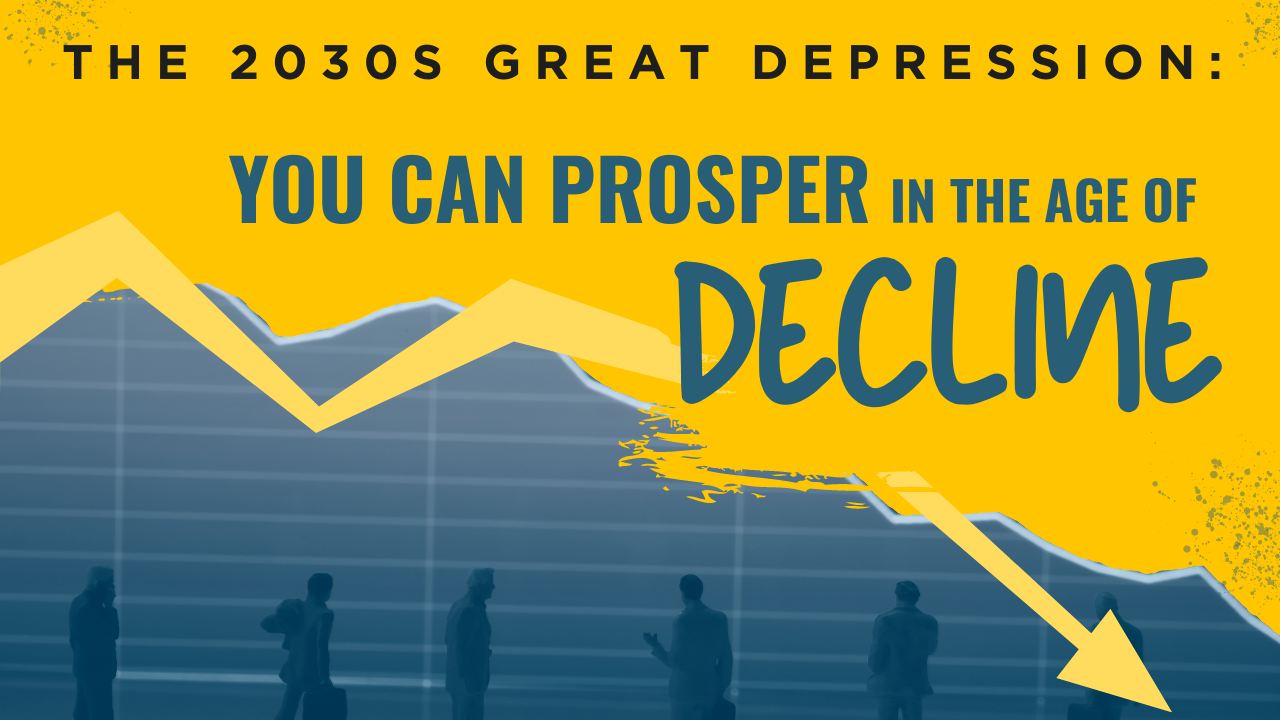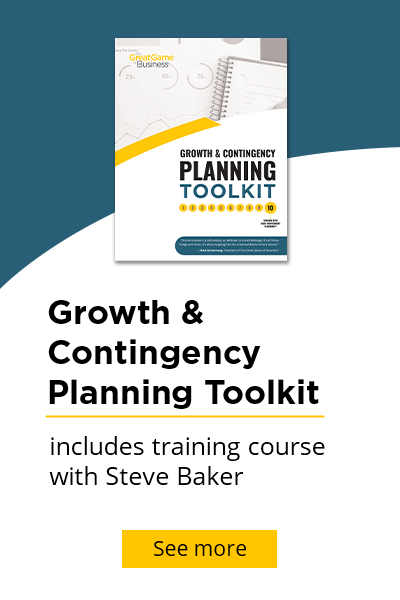There has been a decline in public trust in institutions and businesses in recent years. This goes beyond the company-customer relationship and is impacting employees and the way they relate to the people they work for.
Read More
Everyone knows trust is a fundamental part of any relationship. But what does trust mean in the workplace, and more importantly, why should leaders care, and how can they build it?
Read More
Like so many workers leaving their positions during The Great Resignation, I wanted it all. Higher pay, remote work, and a flexible schedule were options my former position in a non-profit couldn't offer, so I accepted a new job I knew had these benefits. But here's the plot twist: After six months in my new role, I'm on the move again. As it turns out, I value a company's culture just as much as I value flexibility. The non-profits I left (after five years) offered an incredible culture that my new job lacked.
Read More
Forecasting cash flow is the key to the survival of many organizations, yet it’s a non-existent process in others. Often, organizations with abundant cash see little value in taking the time to put a system in place to do this. Other organizations that operate with little or no cash see forecasting cash flow as a critical element in running their business in such a manner as to avoid a crisis of liquidity.
Read More
When the employee-owners of SRC Holdings gathered on the evening of Wednesday, June 15, 2022, for SRC’s 38th Annual Shareholder Meeting, you could feel the electricity in the room. Many of the company’s 2,000-strong workforce were in attendance—some with spouses, partners, and children in tow. Not only was everyone enjoying the ability to gather in person again, the company and its ten subsidiaries had been on a hot streak after a down year caused by the disruptions of the pandemic. Everyone was expecting big news because they were about to learn the updated share price of their company. They weren’t going to be disappointed.
Read More
Business is always shifting. Economic trends change, technology evolves, and generational workforces move in and out. The one thing companies can always be sure of is adversity. So how do companies manage all the chaos? With today's supply chain issues, more people exiting the workforce than ever before, and the war for talent at an all-time high, how do business leaders possibly keep up with company culture and better yet, ensure they're making a profit?
Read More
At a time when we’re more disconnected than ever, let’s start treating each other with kindness and empathy. Emotions are running hot these days as the weather starts to warm up around the country. People are on edge. Patience and empathy for others might be at all-time lows. Maybe we should start calling what we’re going through the Great Disconnect. And you know what’s causing it? Shortages.
Read More
What does the Human Resources department look like for a company practicing open-book management and organizational transparency? Patty McCord gave us a sneak peek look at some of the cultural elements and values that helped make Netflix so successful, yes, Netflix. For those of you unfamiliar, Patty McCord is the author of Powerful: Building a Culture of Freedom and Responsibility. Patty was a key confidant of Netflix founder Reed Hastings and served as the head of HR at Netflix during its rise. In her book, Powerful, she credits reading The Great Game of Business, by Jack Stack and Bo Burlingham, for inspiring Netflix to adopt transparency and education when it came to the company's financials and strategic goals. According to Powerful, a big part of Netflix's secret to success in being first to shift to both a subscription model service and then later, a digital streaming service, was that they practiced open-book management.
Read More
Most companies spend countless hours working on strategy, sales and growth plans, financial plans, and 5-year forecasts, also known as HIP (High-Involvement Planning™). They have numerous spreadsheets, presentations, and market data to support their plan. They bring in macro and micro-financial gurus to validate their information. The board approves the plan, and everything is ready to go. Wait a minute. The company forgot to answer the most important question. Who will be responsible/accountable for making sure this gets accomplished? Do we have enough capable and available leaders to grow the top and bottom line 10%? Who is going to open and manage the new locations or the acquisition? Who is going to lead the new product launch? Good question/s.
Read More
Any time you write something and send it out into the world, it can be difficult to know if anyone paid any attention to it. While it’s always gratifying to see how many people hit the “Like” button on a blog, or how many views it gets, we think the real mark of whether a piece hits home or not is when people take the time to write comments or questions. When you get those, you know you might have hit a nerve.
Read More

.png)

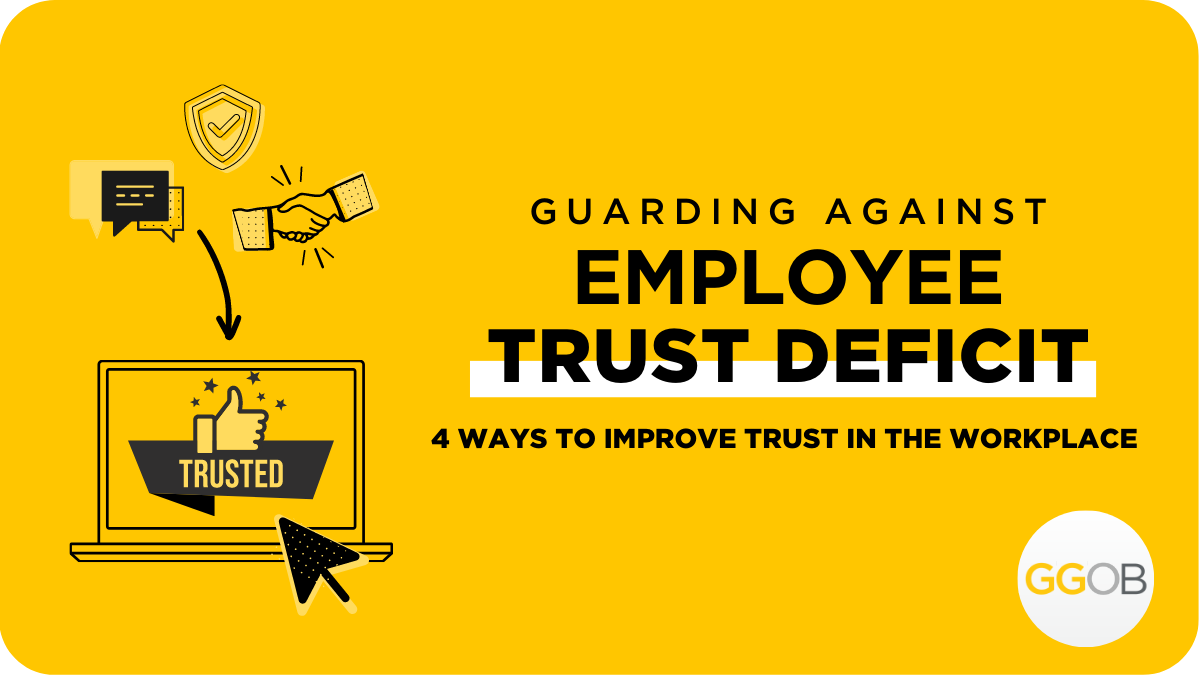
-5.png)
.png)
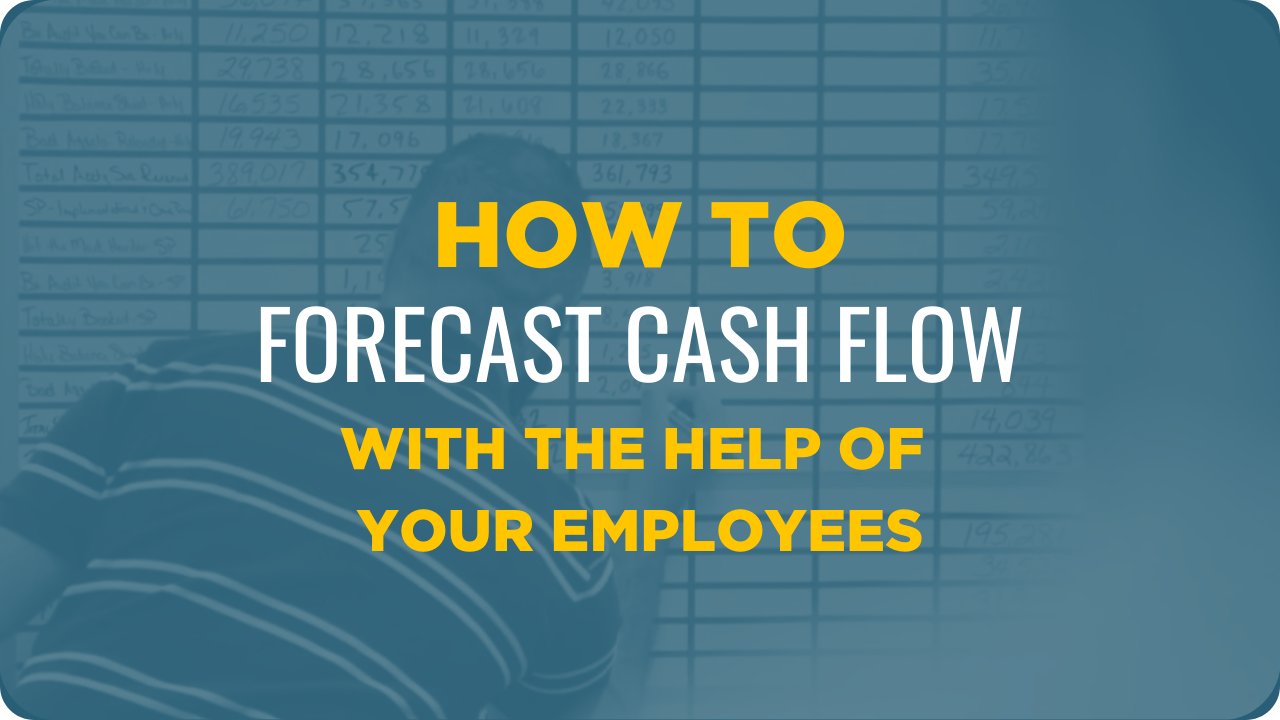
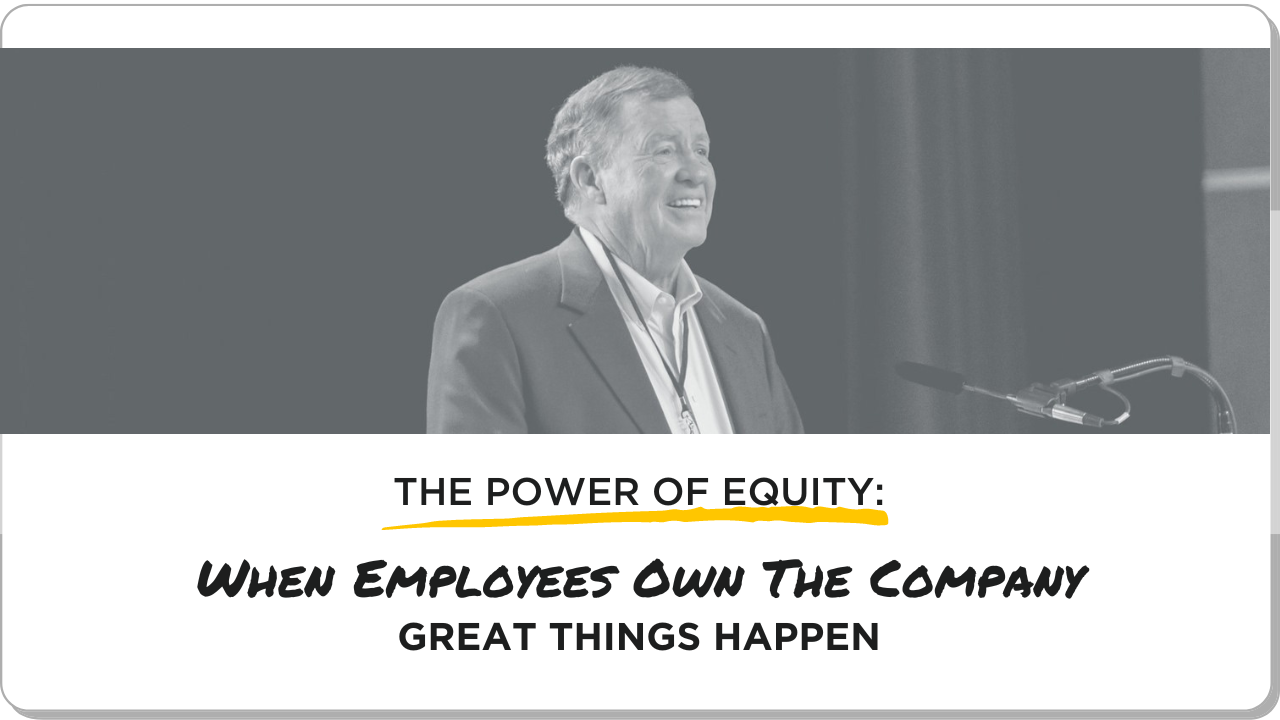
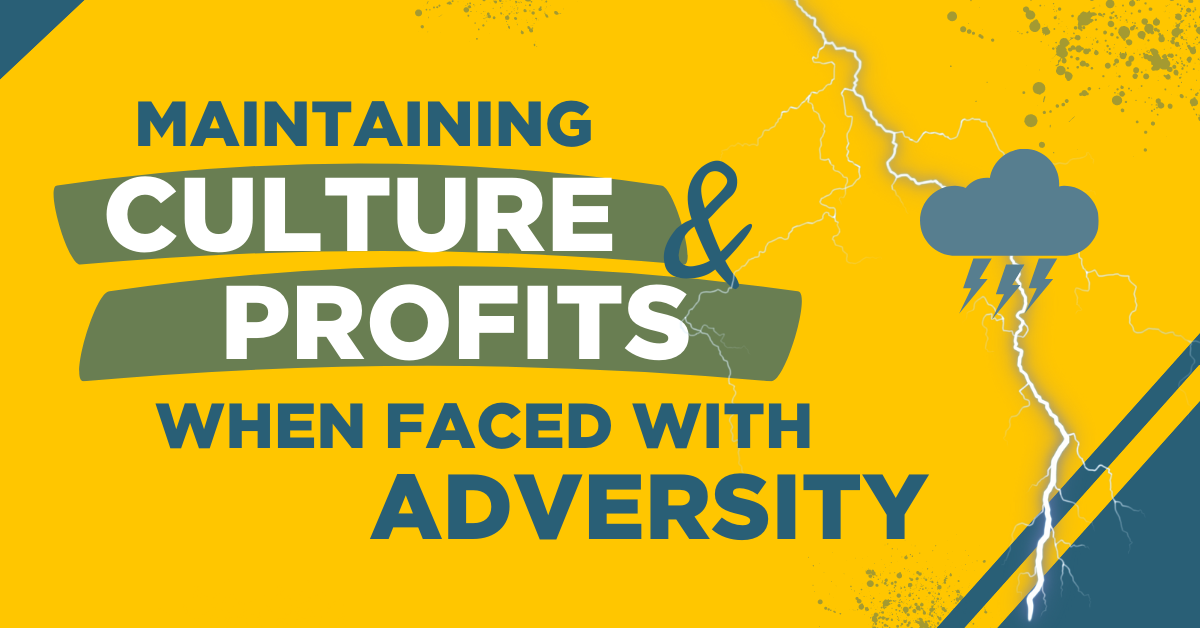
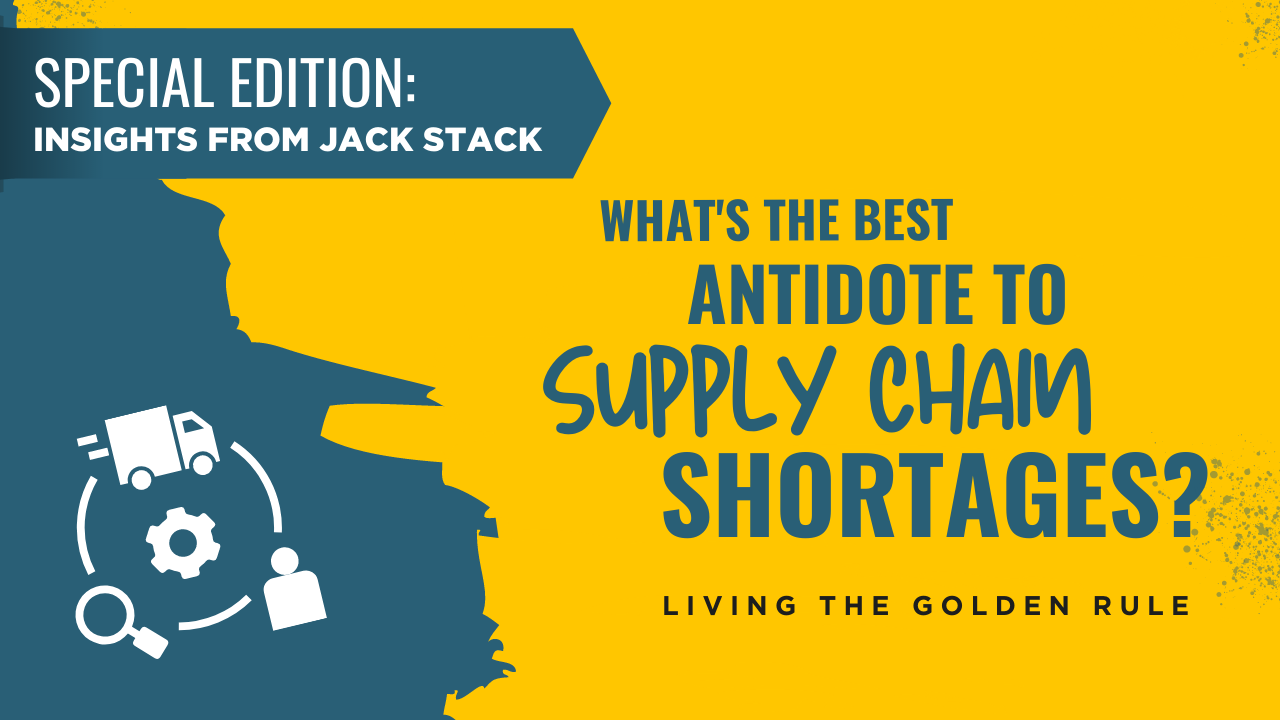
.png)

.png)




.png)
